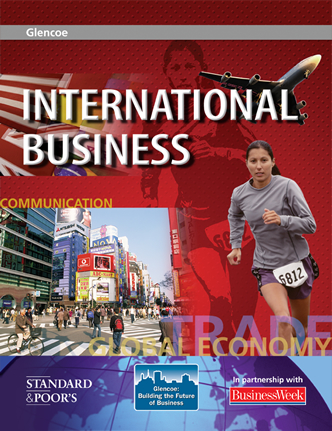 
International BusinessChapter 9:
Organizational Management and StrategyChapter Summaries- Management is the process of getting things done through other people. Top-level managers are responsible for setting goals and planning for the future. Middle managers carry out decisions and plans made by top management. First-line supervisors regulate the daily operations of the business.
- A typical planning process consists of analyzing the company's situation, deciding on a course of action, and setting goals and standards.
- Strategic management involves making plans that are either short-term, medium-range, or long-term. Short term plans cover one year or less. Medium-range plans are in effect for one to three years. A long-term plan is also called a "strategic plan," which affects the company for three years or more.
- The structure of a company is reflected in its organizational chart. Business can be organized in several ways, using departmentalization: by function, by product, by geographical area, or by a matrix organization, which includes two groups.
- Managers direct or influence workers by teaching, motivating, communicating, and leading.
- Well-managed control programs involve managers focusing on two activities—measuring performance and solving problems. Managers can identify problems and correct them through these activities.
 |  |
|





